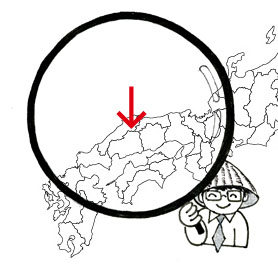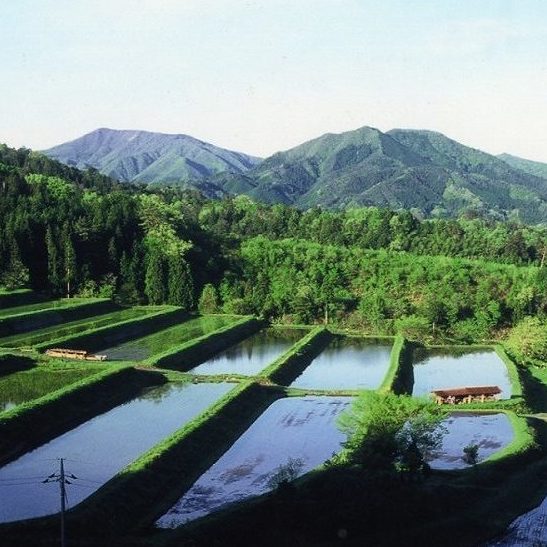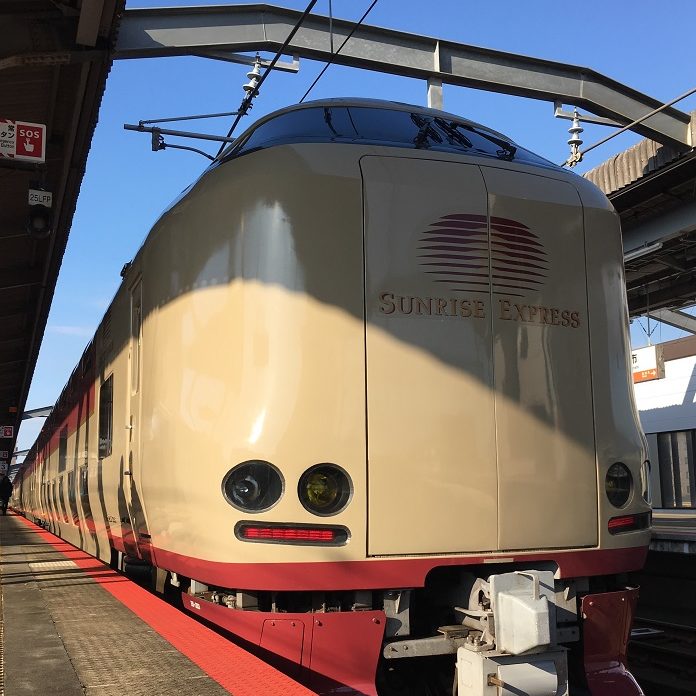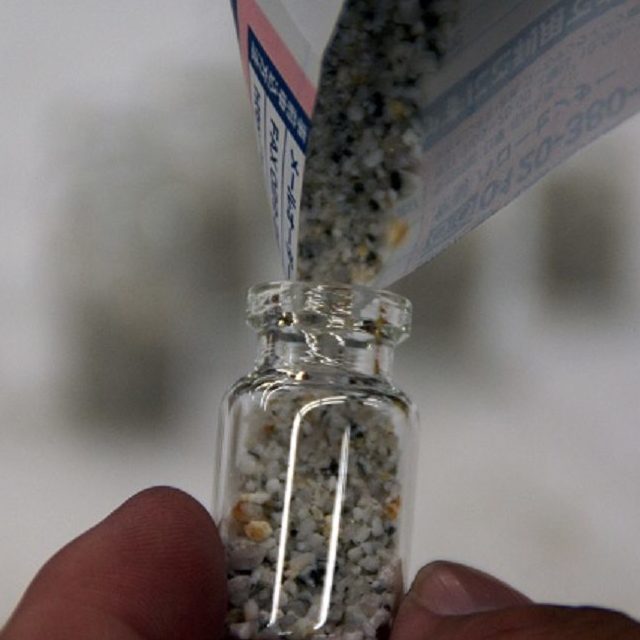- Viewpoints
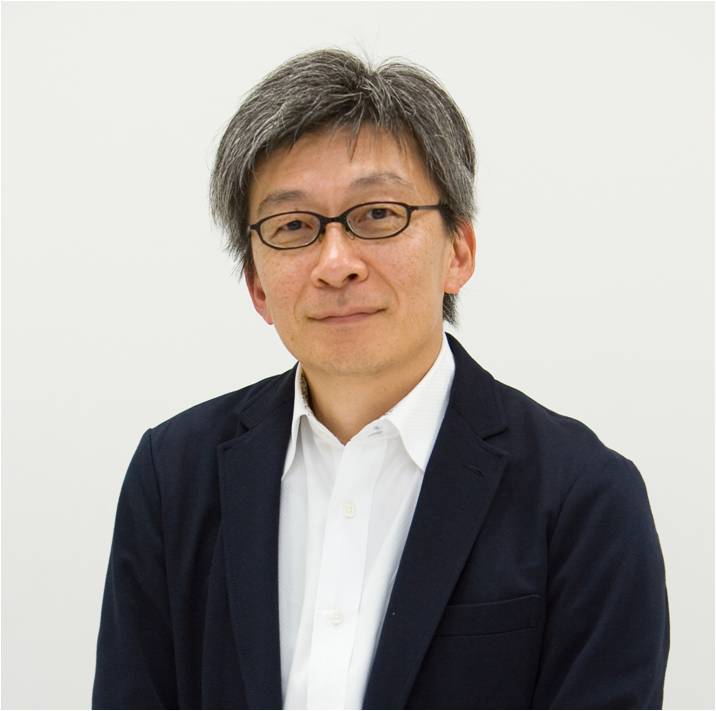
Sub leader, Hakuhodo Brand Design
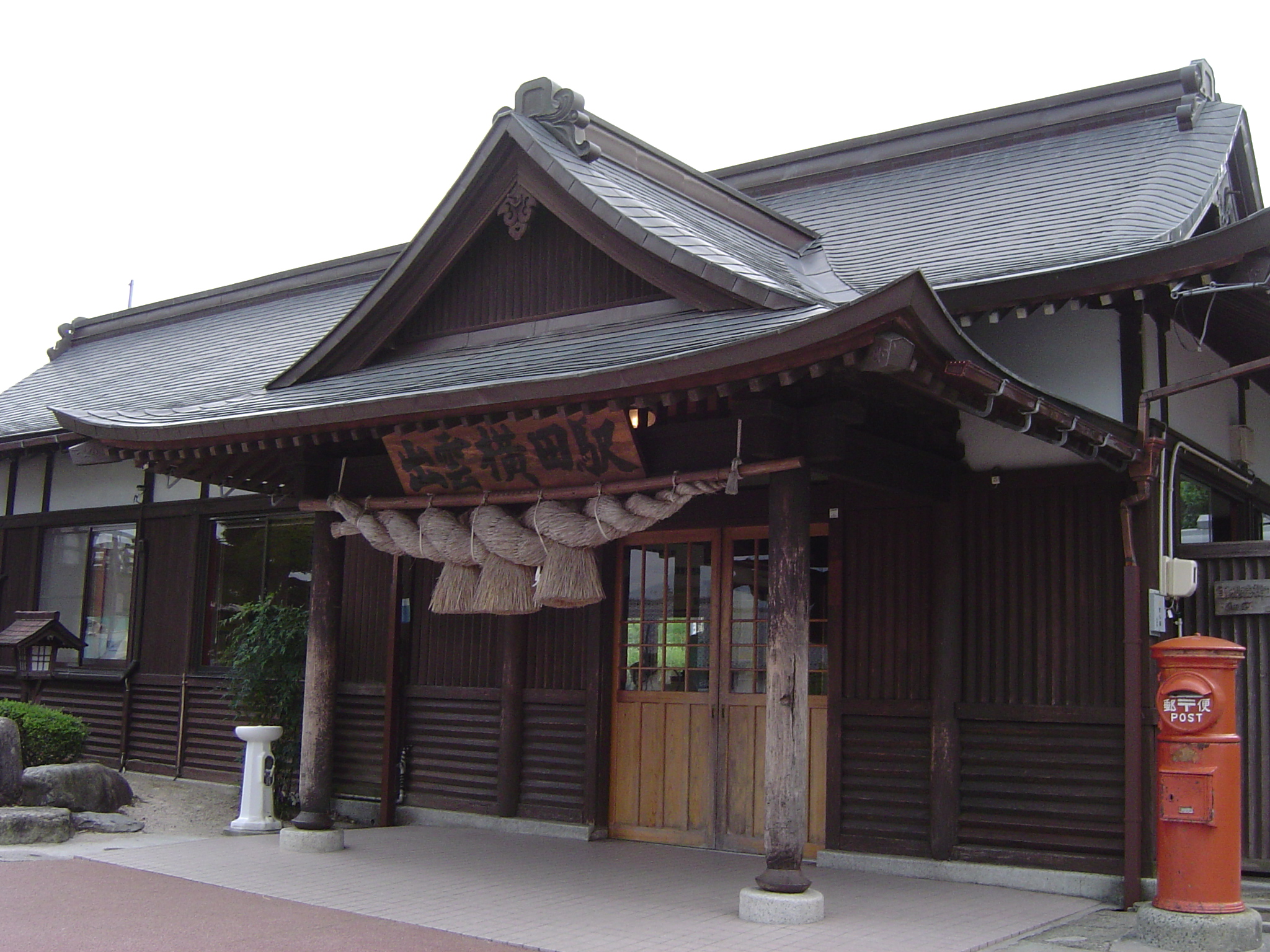 Photo 1: A Solemn Station
Photo 1: A Solemn StationWait. If they kept digging up the ground and cutting down tons of trees, the mountains must have been destroyed in no time, just like Gunkanjima. Yet this area didn’t seem affected at all. In fact, it was lush with nature. Maybe we just hadn’t seen the destruction yet.
“The other side of the mountain must be in horrendous condition?” I asked.
“What? The other side looks the same. This rare and beautiful landscape was made by humans in harmony with nature. That’s why it’s designated as a Japan Heritage and Cultural Landscape.”
I didn’t get it.
“Hmm. If that’s the case, where did they cut through the mountains?”
“Ah. Here and over there. Everywhere, really. All of the rice fields right in front of us, Mr. Fukaya. They cut down the mountains and cleared the fields to make rice paddies. The soil is rich in iron and makes delicious rice.”
An iron sand mine turned into fertile rice paddies?
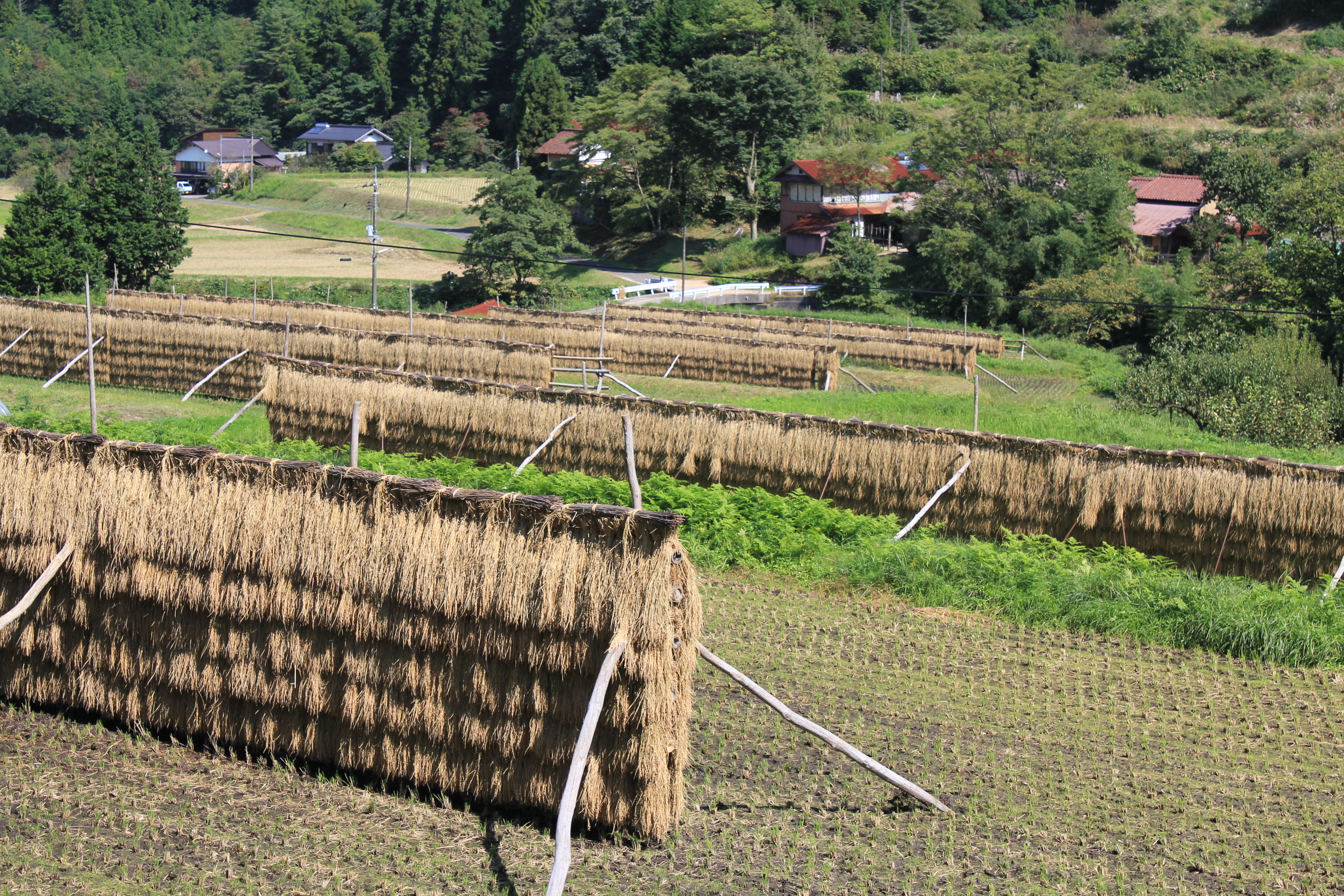 Photo 2: Stalks of Nita Rice
Photo 2: Stalks of Nita Rice“They used to herd cows and horses to transport steel, too. That’s why we have delicious Nita beef. And tatara craftsmanship was later applied to making abacuses. The abacus manufacturing industry flourished, and even after the demand for tatara smelting ceased, this area continued to supply high-quality coal nationwide until natural gas became more common.”
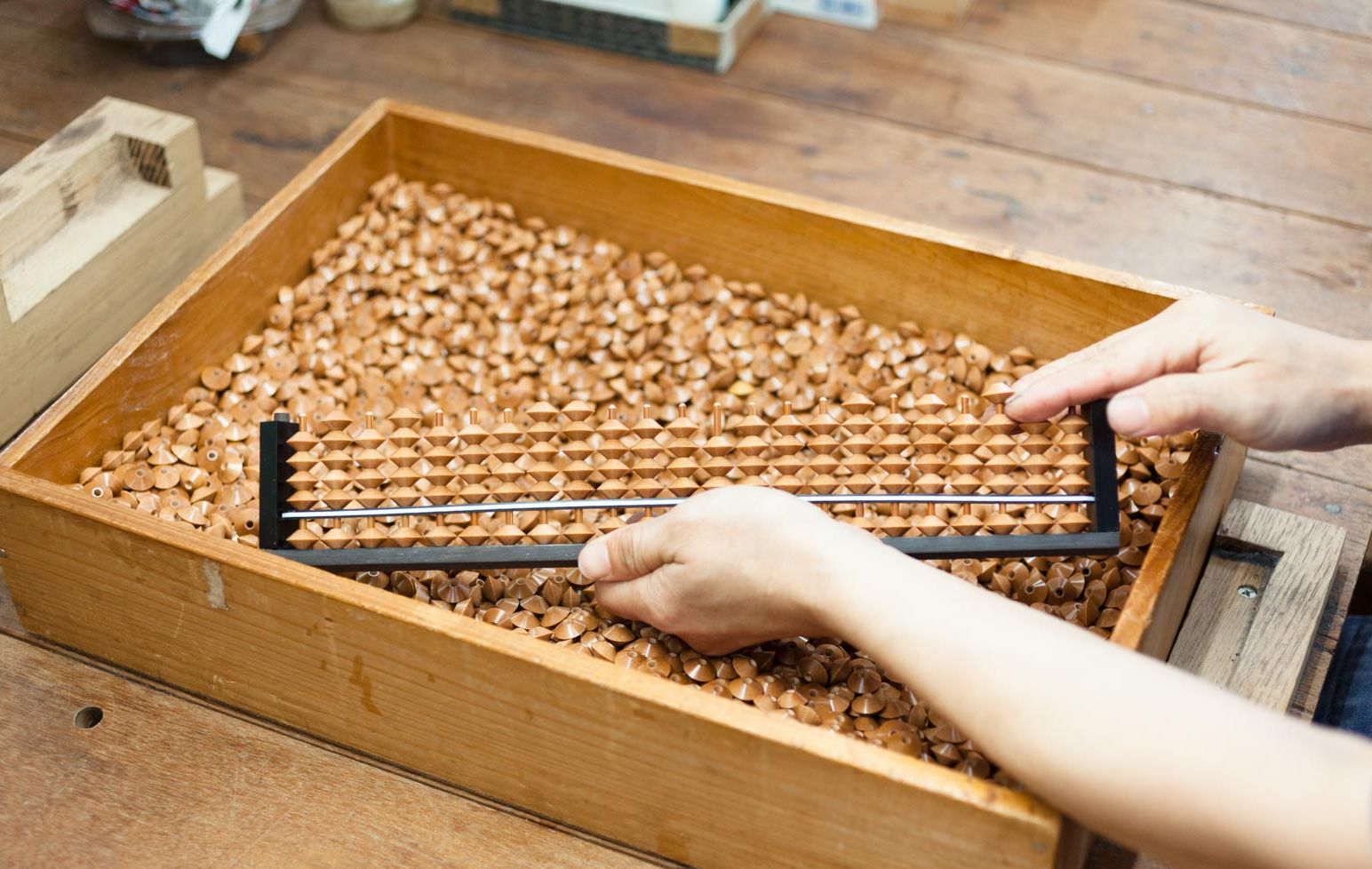 Photo 3: Handcrafting an Abacus
Photo 3: Handcrafting an Abacus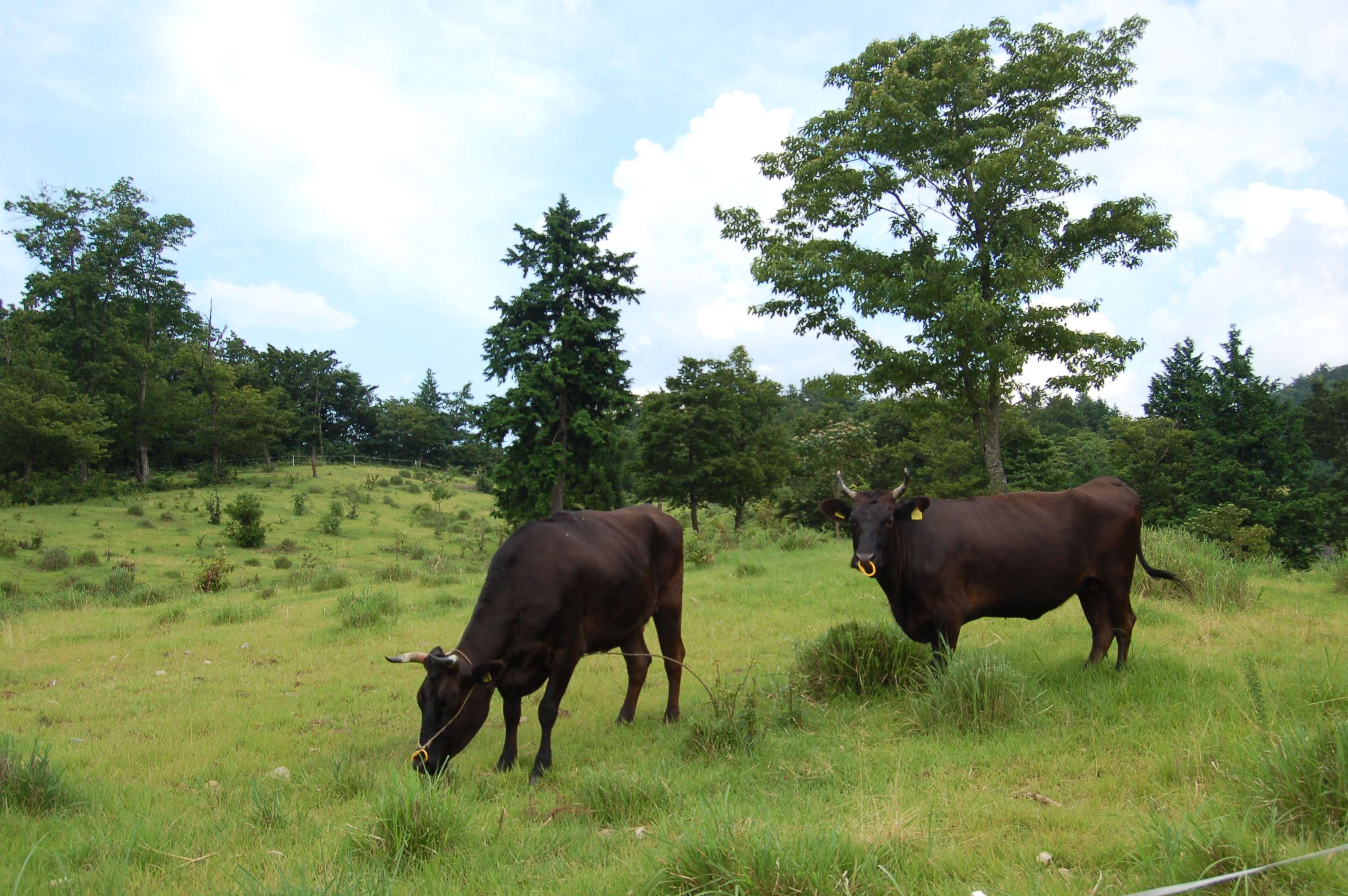 Photo 4: Nita Cows Grazing
Photo 4: Nita Cows Grazing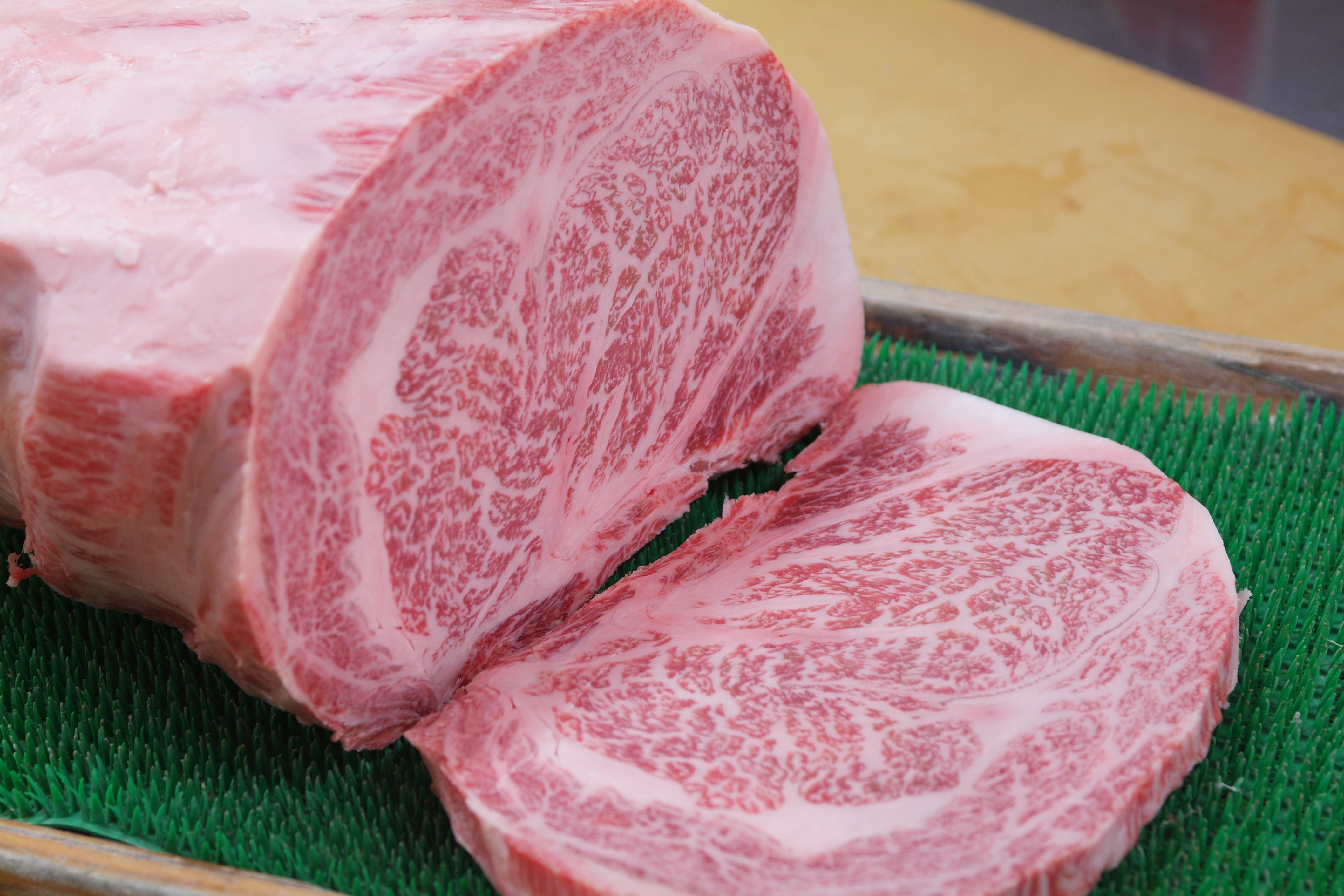 Photo 5: Nita Beef
Photo 5: Nita BeefOne industry led to another, and the town became increasingly affluent. Three smelting families in particular rose to prominence with the significant amount of wealth brought in by tatara steel. They possessed treasures of surprising value—from magnificent Japanese houses, crafts, and decorations to historical artifacts and other luxurious items. And there were delicious sweets here, too, just as in any other wealthy town.
Wow, I was amazed at how deep Okuizumo really was. I was stunned at the miraculous paths this town had taken throughout its history. It seemed to be constantly reinventing itself.
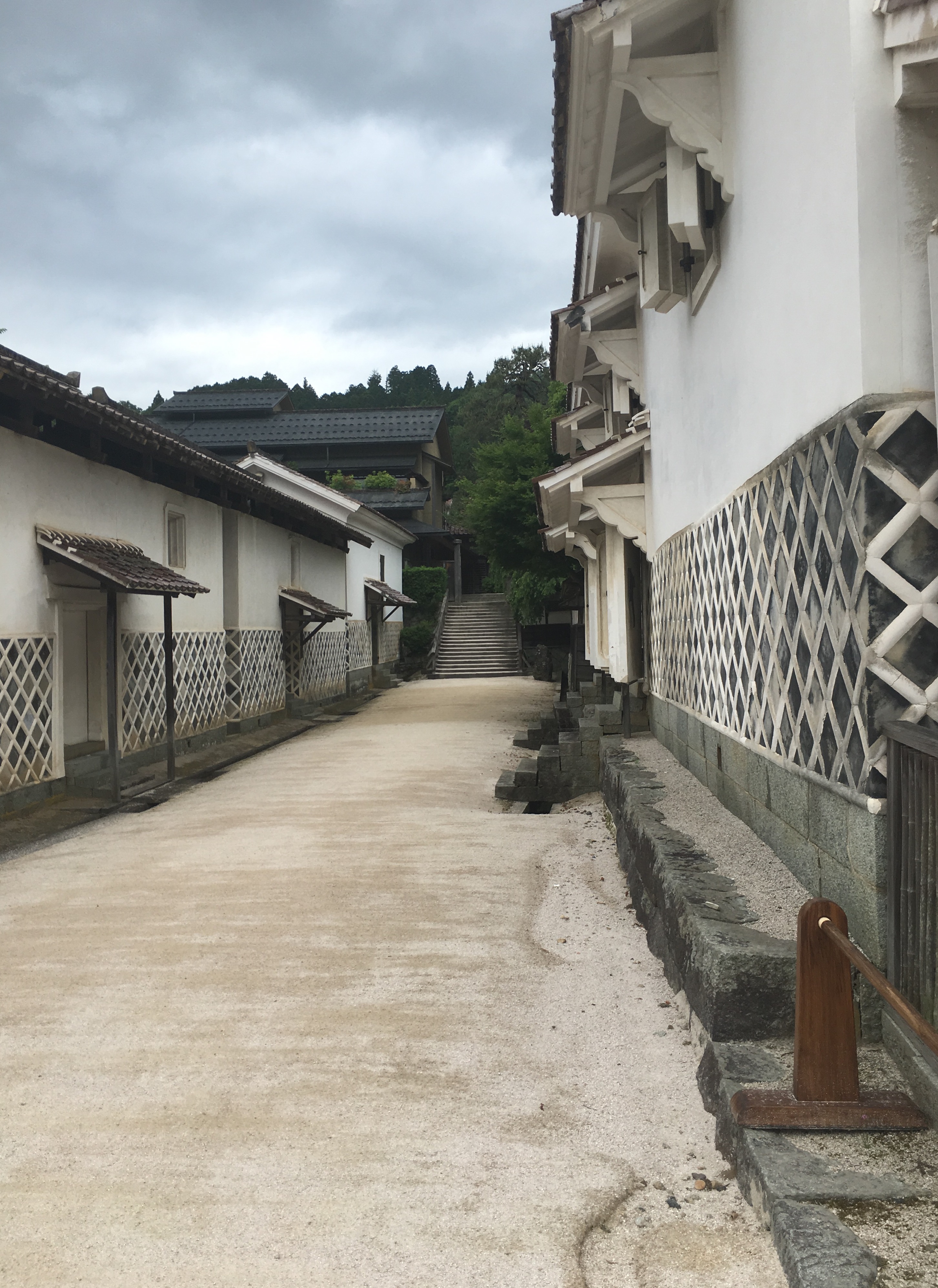 Photo 6: Tabe Family Warehouse, One of Three Prominent Tatara Families
Photo 6: Tabe Family Warehouse, One of Three Prominent Tatara Families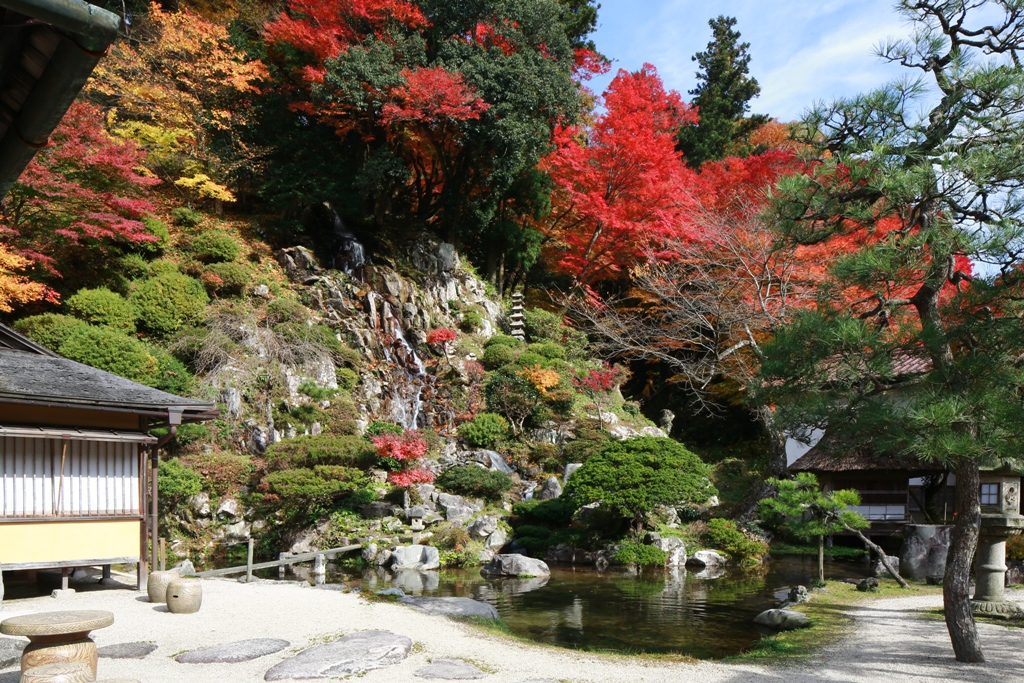 Photo 7: Sakurai Family Garden, One of Three Prominent Tatara Families
Photo 7: Sakurai Family Garden, One of Three Prominent Tatara Families 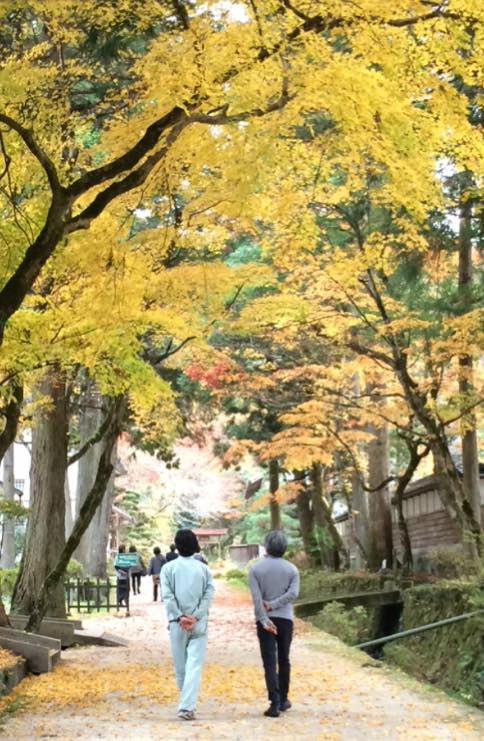 Photo 8: The 16th Generation Head of Itohara Family, One of Three Prominent Tatara Families
Photo 8: The 16th Generation Head of Itohara Family, One of Three Prominent Tatara Families“Oh, I almost forgot! This is the only town in Japan where tatara smelting is still practiced today. Tatara smelting is the only way to make tamahagane steel, a material essential to Japanese swordmaking, though no one knows the reason why, even to this day.”
What? Japanese swords rely on tatara, and no one knows why? It seems unreal, almost beyond science.
“In tatara, there is a master smelter, called a murage, who ceremoniously leads the smelting a few times a year.“
Tatara smelting spawned a number of innovations. Blessed with high-quality iron sand and abundant wood, this town and the surrounding area prospered as a corporate castle town of its day. A town that led the entire country, a town whose name was even known overseas. They applied local resources in various industries to keep creating sustainable jobs. What a splendid ecological system!
Rural areas are filled with things that make me wonder if people nowadays are evolving at all. I want to dive into their histories one at a time, using their examples to transform our uncertain future into something vibrant and exciting. Unlike my normal, rational self, I came down the mountains fancying lofty aspirations.
“How was Shimane, Mr. Fukaya?” My former colleague asked me with a huge smile.
“It made me realize that ignorance is unacceptable. It was beyond amazing. Thank you so much for the invitation. Thanks to you, I can approach the rural areas of both Japan and the world with a fresh perspective. I’ve come to the realization that we have to go beyond the distinction of urban and rural to see every regions in its own light. “I’m glad I invited you then!”
The frameworks for community revitalization is relatively simple—you just have to make local resources look appealing. If their appeal is sustained long enough, they will begin to spread organically and contribute to sustainable growth. I learned that from the forebears of this town. The days I spent there are irreplaceable. They understood the fundamental principles of community development.
After this first trip, I began frequenting the Sanin region, where everyone I met seemed to direct me to tatara. I even connected with the tatara tradition in Tottori, across the mountains of Okuizumo. Now I have relationships with five municipalities that have some connection to tatara.
I also found out that one of my former teachers, whom I was very close to, was associated with tatara, and another local teacher, whom I met through a different project, had been researching tatara extensively as well. I couldn’t help but think that these connections were beyond the wonders of Facebook. It had to have been the handiwork of the Izumo deities.
The materials available create culture. And soon you, too, may start seeing tatara everywhere.

*Tokotoko counter means the total number of places visited since April, 2016.
